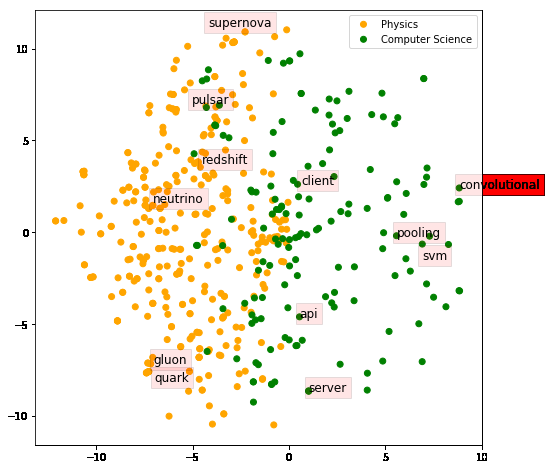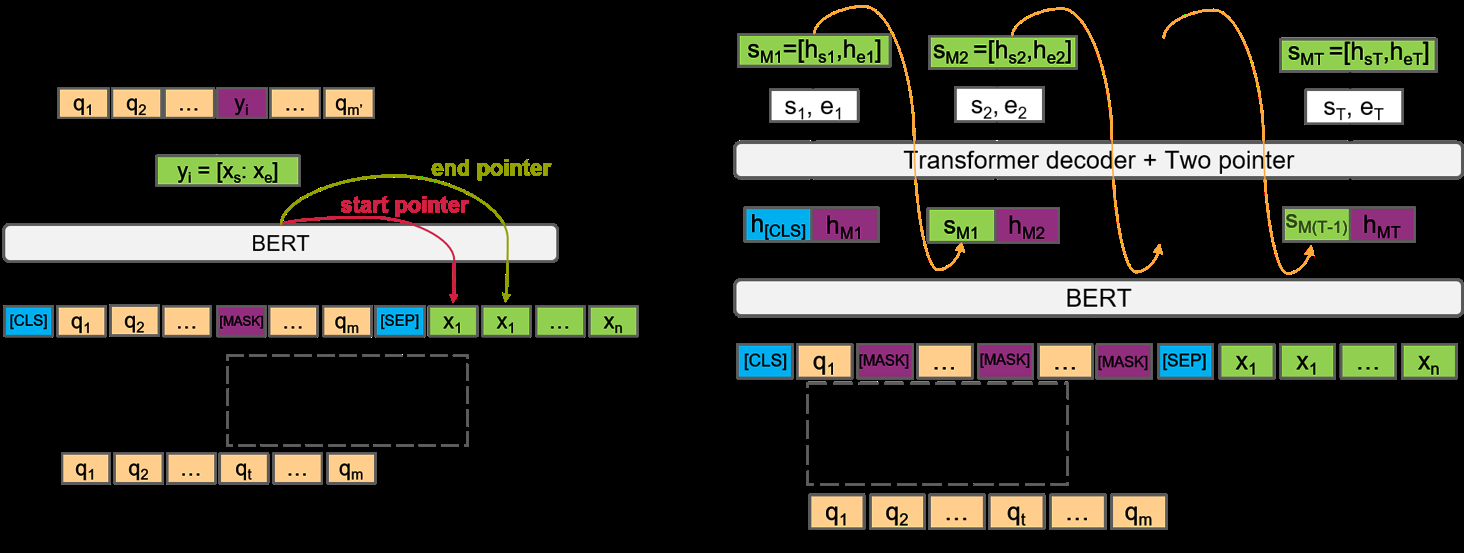Learning to Fuse Sentences with Transformers for Summarization
Logan Lebanoff, Franck Dernoncourt, Doo Soon Kim, Lidan Wang, Walter Chang, Fei Liu
Summarization Short Paper

You can open the pre-recorded video in a separate window.
Abstract:
The ability to fuse sentences is highly attractive for summarization systems because it is an essential step to produce succinct abstracts. However, to date, summarizers can fail on fusing sentences. They tend to produce few summary sentences by fusion or generate incorrect fusions that lead the summary to fail to retain the original meaning. In this paper, we explore the ability of Transformers to fuse sentences and propose novel algorithms to enhance their ability to perform sentence fusion by leveraging the knowledge of points of correspondence between sentences. Through extensive experiments, we investigate the effects of different design choices on Transformer's performance. Our findings highlight the importance of modeling points of correspondence between sentences for effective sentence fusion.
NOTE: Video may display a random order of authors.
Correct author list is at the top of this page.
Connected Papers in EMNLP2020
Similar Papers
On Extractive and Abstractive Neural Document Summarization with Transformer Language Models
Jonathan Pilault, Raymond Li, Sandeep Subramanian, Chris Pal,

Multi-Fact Correction in Abstractive Text Summarization
Yue Dong, Shuohang Wang, Zhe Gan, Yu Cheng, Jackie Chi Kit Cheung, Jingjing Liu,

What Have We Achieved on Text Summarization?
Dandan Huang, Leyang Cui, Sen Yang, Guangsheng Bao, Kun Wang, Jun Xie, Yue Zhang,

Neural Extractive Summarization with Hierarchical Attentive Heterogeneous Graph Network
Ruipeng Jia, Yanan Cao, Hengzhu Tang, Fang Fang, Cong Cao, Shi Wang,
